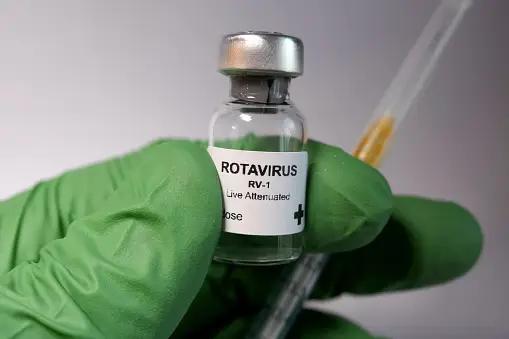The World Health Organization (WHO) identifies rotavirus as a leading cause of severe viral gastroenteritis in children under 5. Italy does not provide detailed data on rotavirus vaccination coverage (RV). Gathering detailed data on the behavioral preferences and socioeconomic backgrounds of those targeted by rotavirus vaccine campaigns, along with their epidemiological profiles, cost-benefit analyses, and information on national policies, is essential for crafting effective vaccination strategies in Italy and other European nations with comparable social structures to achieve desired vaccination rates. The purpose of this study was to evaluate the rate of RV uptake and the factors influencing it in Italy.
Out of 711 participants who qualified for the RV survey, the national uptake rate was calculated to be 60.3% (66.4% for mothers and 50.2% for fathers). Mothers, particularly those residing in urban or suburban areas, showed a significantly higher propensity to vaccinate, whereas fathers tended to be more uncertain about their children's vaccination status.
“Central Italy has lower RV uptake rates than the southern and northern regions,” according to investigators. “This finding is supported by multivariable (adjusted) analysis, which shows a significant association between residing in Central Italy and lower RV adherence. The delay in implementing free and open RV campaigns in central Italian regions such as Umbria, Marche, and Lazio may explain this disparity, while some southern regions had already offered the vaccine before it became a statewide standard in 2017.”1
Main Takeaways
- The study indicates differences in RV uptake across Italy, with Central Italy showing lower vaccination rates compared to the northern and southern regions.
- A significant portion of parents reported that the recommendation from a pediatrician was a decisive factor in choosing to vaccinate their children against rotavirus.
- Factors such as living in specific regions and having anti-vaccination individuals in one's social circle are associated with lower vaccination rates.
Residing in Central Italy or having friends or relatives who are anti-vaccination were factors significantly linked to a reduced likelihood of opting for the vaccine. Conversely, the parental education level and the children's demographics did not appear to influence vaccination decisions. In 90.3% of the instances, the parents recalled that a pediatrician recommended the RV.
According to previous reporting from Contagion, “Prior to the development of a vaccine, it (rotavirus) was the leading cause of severe diarrhea in infants and young children, resulting in over 400,000 doctor visits annually. In fact, prior to the introduction of the vaccine in 2006, there were 55,000-70,000 hospitalizations each year in children 5 years and younger.”2
A survey was conducted with 10,000 Italian residents, recruited through an online panel, and stratified according to essential demographic criteria. Investigators explored the acceptance of the RV among parents with the youngest child between 6 weeks and 4 years old, focusing on their sociodemographic profiles, attitudes towards vaccination, and the sources of their recommendations for the vaccine.
This study's limitations include its cross-sectional design, which prevents drawing causal relationships. The web-based survey method may lead to selection bias due to differences in internet access and digital skills, impacting generalizability. The data are based on self-reported responses, potentially introducing bias, though focusing on parents of children under 4 may lessen recall bias. Including fathers and parents unsure of their children's vaccination status means the 60.3% uptake rate might not fully reflect Italy's actual RV rate. Calculating the extent of this bias is complex due to the challenge of making assumptions about the unrepresented population. Ignoring uncertain responses from fathers and assuming the vaccination rate among the 11.3% of unsure mothers is the same as that of other respondents suggests an alternative uptake rate of 74.9%.
The results offer a basis for policymakers in Italy and other European countries with similar social contexts. It suggests the need to develop successful vaccination campaigns tailored to the preferences of vulnerable groups and address the obstacles that impede vaccine uptake.
References
- La Fauci, G., Soldà, G., Di Valerio, Z. et al. Rates and determinants of Rotavirus vaccine uptake among children in Italy: a cross-sectional study within the 2022 OBVIOUS* project. BMC Public Health. Published March 12, 2024. Accessed April 8, 2024. https://doi.org/10.1186/s12889-024-18154-0
- Popescu S. How Well Can Rotavirus Vaccines Protect Against RVGE? Contagion. Published May 18, 2021. Accessed April 8, 2024. https://www.contagionlive.com/view/how-well-can-rotavirus-vaccines-protect-against-rvge-

